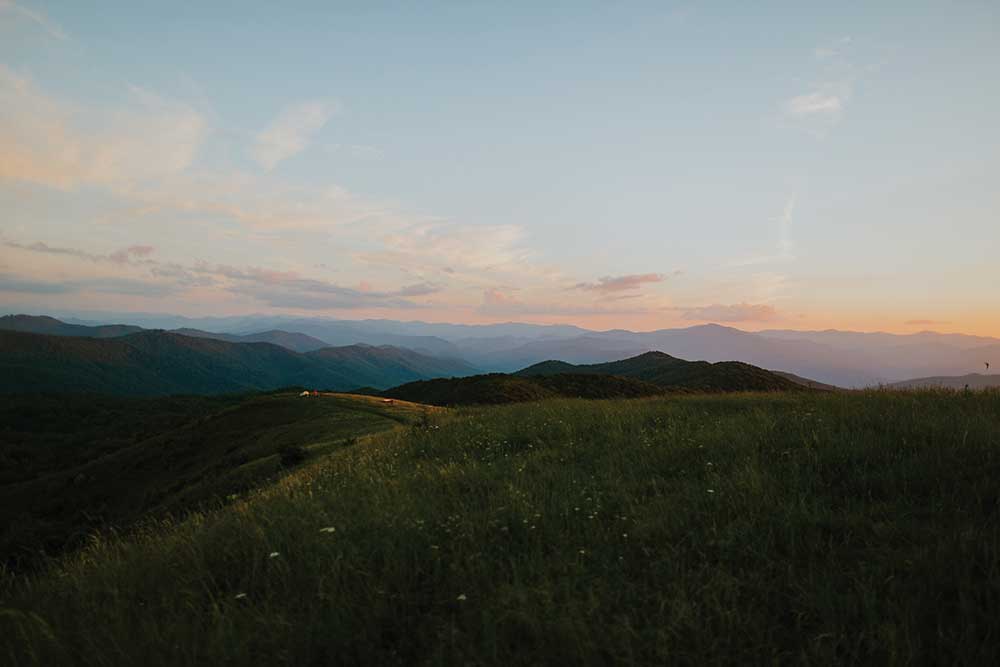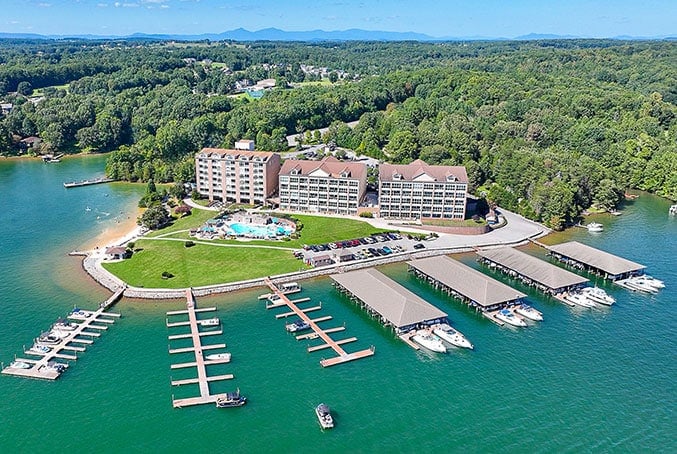Now more than ever, politics is unpredictable. Partisanship trumps policy, watchdogs become lapdogs, and elected officials come and go faster than you can say quid pro quo.
But there is one federal program that’s been around for over 50 years. It is the country’s most important conservation and recreation funding tool—yet probably fewer than 5 percent of Americans have ever heard of it.
It goes by the acronym LWCF. These four letters should be tattooed onto the hearts of every outdoor adventurer.
LWCF stands for the Land and Water Conservation Fund. Admittedly, it doesn’t exactly roll off the tongue, and it’s not a memorable acronym like SCUBA or SNAFU or LOL. But even though LWCF may be hard to say or remember, every outdoor enthusiast should know what it is and what it does. Put simply, LWCF buys new public lands.
It mostly purchases inholdings—private lands within existing national forests and parks. There are over 45 million acres of inholdings fragmenting our public lands. LWCF adds lands to our parks and forests where we need them most.
How this obscure acronym
affects you
Visitation to public lands is skyrocketing. Many of our most popular parks require quotas and permits; expect to wait months or even years to camp or paddle in iconic parks like the Grand Canyon.
Our trailheads are getting crowded, too. Virginia’s McAfee Knob, like many scenic vistas in the Southeast, is crammed on weekends. Sometimes there are lines to reach the summit. Traffic jams are common in the Smokies and Shenandoah.
Recreation will only continue to soar in the Southeast—and that’s mostly a good thing. Sixteen states—including North Carolina—now have an Office of Outdoor Recreation, which will help bring recreation opportunities, tourism, and sustainable development. Increasingly, rural communities and former coal towns are rebranding themselves as recreation hotspots to attract jobs and revenue.
Unfortunately, our public lands base has not grown as fast as the surging demand for recreation. This is especially true in the Southeast and Mid-Atlantic, where only a few dozen national forests and parks are within a day’s drive of 150 million people. Some of the country’s most visited national parks are all in the South. The Blue Ridge Parkway attracted 14.5 million visitors last year—more than the Grand Canyon, Yellowstone, and Yosemite combined. Great Smoky Mountains National Park saw its fourth consecutive record-setting year of visitors, topping 11.3 million in 2018. The Appalachian Trail has seen the number of thru-hikers double in the past two decades, and over 3 million people hiked a portion of it last year.
Recreation in national forests is also soaring. North Carolina’s Pisgah-Nantahala National Forest is the second-most visited national forest in the country. West Virginia’s Monongahela and Virginia’s GW-Jeff have become world-class destinations for mountain bikers.
Supply and demand
Unfortunately, public lands have not expanded despite record-setting levels of visitation. In fact, we’ve actually lost 23.5 million acres of public lands nationwide since 1990. Recreational demand is swelling, while the amount of public lands is stagnant or shrinking. How can recreation continue growing regional economies and boosting rural communities?
Long-term, the solution is simple: more public lands.
Here in the Southeast, parks and forests are a small slice of the total land base. Over 85% of lands are privately held and not accessible to the public.
That’s where those four letters come in. LWCF—the Land and Water Conservation Fund—is dedicated to buying more public lands (and protecting existing ones). For over five decades, the Land and Water Conservation Fund has helped protect America’s most treasured places, from Big Sur to Harpers Ferry. It has acquired or protected lands in every state, from national forests to local neighborhood parks. In the Southeast, it has protected lands in dozens of parks and forests, including Cape Hatteras National Seashore, Cherokee National Forest, and Mount Rogers National Recreation Area.
Best of all, buying these lands costs you nothing. The Land and Water Conservation fund doesn’t use your taxes; LWCF is funded from offshore oil and gas development royalties. The fund is authorized to receive $900 million each year for the acquisition of public lands in the United States.
Unfortunately, the Land and Water Conservation Fund has been fully funded only twice in its 55-year history. Congress typically reallocates most of the $900 million for other uses. Over the years, more than $22 billion of LWCF’s funding has been redirected toward non-conservation uses.
But that could soon change. A bipartisan bill making its way through Congress would require the Land and Water Conservation to be fully and permanently funded.
In November, a key Senate panel voted to move the bill forward, where it awaits a vote by the full Senate. A House committee also approved the bill last June.
The bill—and LWCF—has broad bipartisan support, especially from our region. Senator Richard Burr (R-NC) has championed LWCF, along with Lamar Alexander (R-TN), Joe Manchin (D-WV), Mark Warner (D-VA), and Lindsey Graham (R-SC).
The final step in full and permanent funding for LWCF is a vote on the House and Senate floor. That could happen any time. But it’s far more likely to pass if the public actually knew what LWCF was.
Help this overlooked acronym receive the attention it deserves. Show off your LWCF tattoo, or at least call your Congressional leaders: encourage them to support full funding for LWCF. And next time you’re standing on a crowded summit, consider how four letters could change everything. How many more trails, rivers, and crags could we explore with nearly $1 billion annually?
LWCF in Your Backyard
Here are just a few of the places in the Southeast that have been expanded or protected by the Land and Water Conservation Fund:
North Carolina
$254 million
- Pisgah and Nantahala National Forests
- Great Dismal Swamp National Wildlife Refuge
- Uwharrie National Forest
South Carolina
$300 million
- Congaree National Park
- Fort Sumter National Monument
- Francis Marion National Forest
Virginia
$360 million
- Appalachian Trail
- James River National Wildlife Refuge
- George Washington-Jefferson National Forest
West Virginia
$243 million
- Spruce Knob/Seneca Rocks National Recreation Area
- New River Gorge National River
- Gauley River National Recreation Area
Tennessee
$214 million
- Obed Wild and Scenic River
- Big South Fork National Recreation Area
- Great Smoky Mountains National Park
Georgia
$345 million
- Chattahoochee National Recreation Area
- Cumberland Island National Seashore
- Okefenokee National Wildlife Refuge








